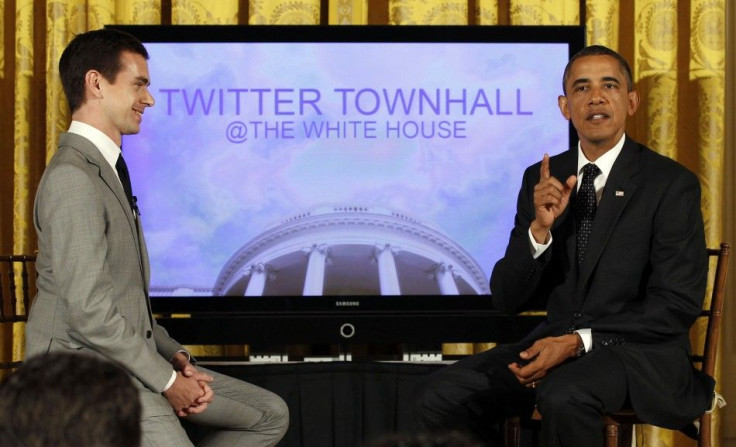GOP, Tea Party Tweeted More Than Democrats in 2010 Election

Republicans and Tea Party members used the social media Twitter more than Democrats during the midterm elections last year, according to a study by the University of Michigan.
The findings were presented on July 19 at the International Conference on Weblogs and Social Media in Barcelona. The study, entitled The Party is Over Here: Structure and Content in the 2010 Election, was partly funded by a grant from the National Science Foundation.
Social media has recently been an integral part of candidates' campaigns. Almost a quarter, 22 percent, of the adults online used social networks to include Twitter to participate in the election, according to a Pew Internet Research Center report.
With this study, University of Michigan researchers believe they have shown that analyzing Twitter activity can better predict election winners.
For the study, researchers at the University of Michigan's School of Information and the College of Engineering looked at more than 460,000 tweets. That's three years' worth of tweets from 687 candidates running for the national House, Senate and gubernatorial seats.
It was revealed that conservatives who made major achievements in last year's midterm elections tweeted about the same topics. The researcher also shows that the conservatives conveyed a coherent message that particularly focused on economic issues. Among the top terms in the Republicans' posts were spending, bills, budget, WSJ (Wall Street Journal), Bush and deficit.
Republicans tweeted an average of 723 times over the study period. Democrats had less tweets with an average of 551 tweets (text entries) during the same time frame, and their tweets covered different topics to include education, jobs, oil_spill, clean_energy, Afghanistan, and reform, according to the study.
The conservative candidates - Republicans and Tea Party members - definitely used Twitter more visibly and showed a more coherent set of messages and topics, said Eytan Adar, assistant professor in the School of Information and the Department of Electrical Engineering and Computer Science. They also followed each other much more closely. I think it's fair to say they were much more cohesive in a lot of ways and at the end of the day that makes for a stronger campaign.
When researchers narrowed in on the posts from those who self-identified as Tea Party members, they found that even though its grassroots in nature, the Tea Party seemed as if it was running an organized campaign.
The members tweeted more frequently - averaging 901 tweets during the study period - and showed behaviors that suggested they were a stronger community than their counterparts.
Researchers found that Tea Party members retweeted one another more often. They also rebroadcasted a colleague's message an average of 82.6 times. Republicans did so 52.3 and Democrats only 40.
Tea Party members also seemed more competent with every other aspect of Twitter.
They used hashtags to categorize their tweets at an average of 753 times. Republicans did so 404 times and Democrats' 196, the study shows.
This edge may have occurred because Tea Party members teamed up on Twitter to attack key Democrats, the researchers said. Nancy Pelosi, Barney Frank, and Clinton were among the party's most popular terms, according to the research.
But overusing Twitter might not not be correlated with better election performance.
Avishay Livne, a doctoral student in the Department of Electrical Engineering and Computer Science, said over usage might end up deterring the target audience to some degree.
The content of the candidates' tweets, the number of followers they had, and whether the candidate was an incumbent, were looked at and researchers were able to predict elections outcomes with 88 percent accuracy.
Lada Adamic, associate professor in the School of Information and the Department of Electrical Engineering and Computer Science, said candidates who are close to the middle of the network and the middle of what is being discussed by everyone are more likely to be elected.
She added that the work also sheds light on how a candidate's positions correspond to his or her likelihood of being elected.
This has been attempted in the past by looking at, for example, a candidate's past voting record or their responses to standardized surveys, Adamic said. However, this data was frequently incomplete. It is interesting to see how candidate's activity on Twitter is connected with election outcomes.
View the report here:partyat-2
© Copyright IBTimes 2024. All rights reserved.





















